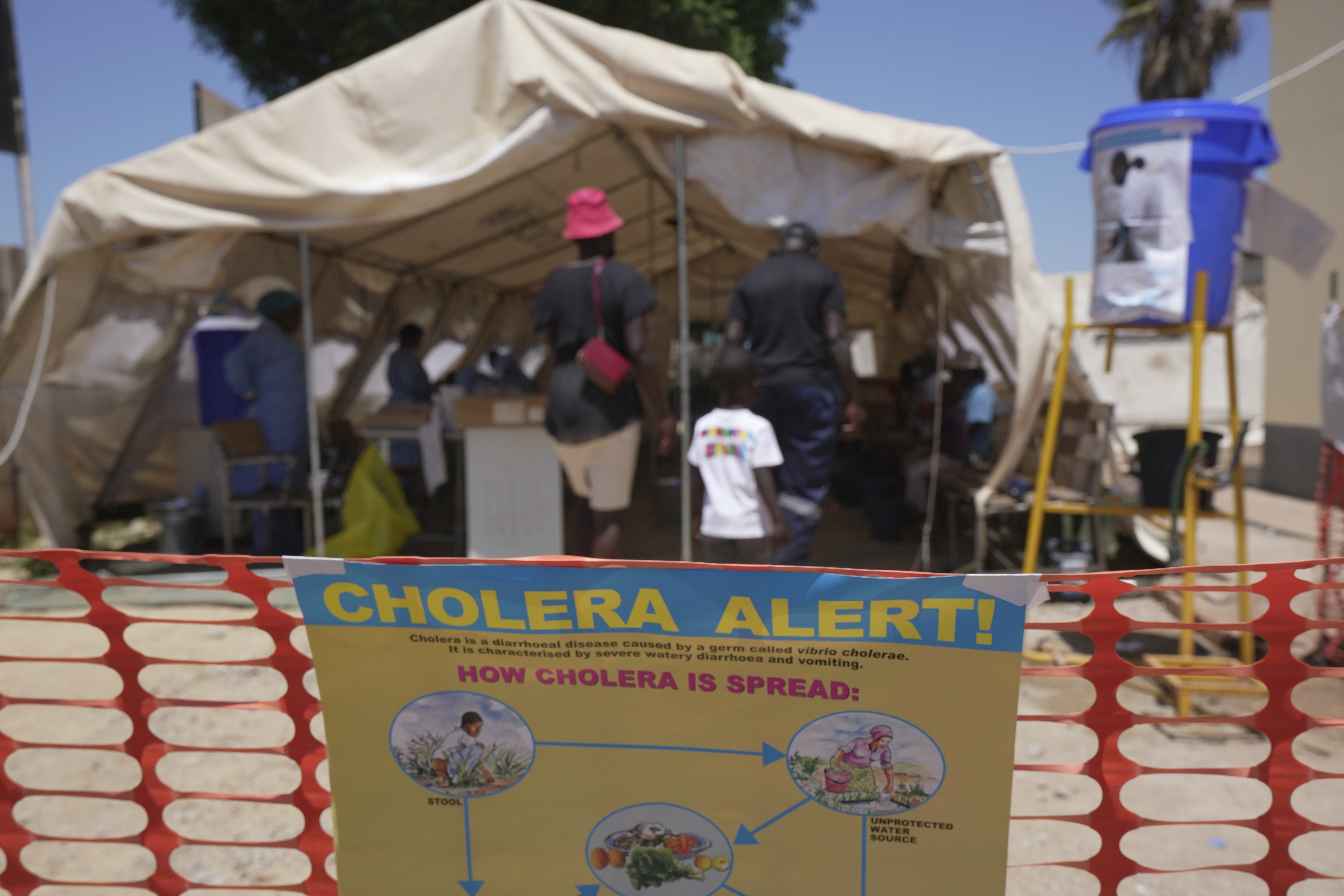
Scientists have a new idea for how Earth got its oxygen: It’s because the planet slowed down and days got longer.
A study published Monday proposes and puts to the test the theory that longer, continuous daylight kick-started weird bacteria into producing lots of oxygen, making most of life as we know it possible.
They dredged up gooey purple bacteria from a deep sinkhole in Lake Huron and tinkered with how much light it got in lab experiments. The more continuous light the smelly microbes got, the more oxygen they produced.
One of the great mysteries in science is just how Earth went from a planet with minimal oxygen to the breathable air we have now. Scientists long figured microbes called cyanobacteria were involved, but couldn’t tell what started the great oxygenation event.
Get Boston local news, weather forecasts, lifestyle and entertainment stories to your inbox. Sign up for NBC Boston’s newsletters.
Researchers in a study in Monday’s Nature Geoscience theorize that Earth’s slowing rotation, which gradually lengthened days from six hours to the current 24 hours, was key for the cyanobacteria in making the planet more breathable.
About 2.4 billion years ago there was so little oxygen in Earth’s atmosphere that it could barely be measured, so no animal or plant life like we know could live. Instead, lots of microbes breathed in carbon dioxide, and in the case of cyanobacteria, produced oxygen in the earliest form of photosynthesis.
At first it wasn’t much, but in only about 400 million years Earth’s atmosphere went to one-tenth the amount of oxygen we have now — a huge jump, said the study's lead author, Judith Klatt, a biogeochemist at the Max Planck Institute in Germany. That oxygen burst allowed plants and animals to evolve, with other plants now joining in the oxygen-making party, she said.
U.S. & World
But why did the bacteria go on the oxygen making binge? That’s where University of Michigan oceanographer Brian Arbic comes in. He studies tidal forces on Earth and how they’ve slowed Earth’s rotation. Arbic was listening to a colleague’s lecture about cyanobacteria and he noticed that the oxygen event coincided with the timing of Earth’s days getting longer. The planet's rotation slows because of the complicated physics of tidal friction and interaction with the moon.
The Michigan and German researchers put their theory to the test with bacteria similar to what would have been around 2.4 billion years ago. They used purple and white mats of cyanobacteria living in an eerie world of the sinkhole nearly 79 feet (24 meters) deep in Lake Huron.
“We actually imagine that the world looked kind of like the Middle Island sinkhole for most of its history,” Klatt said.
Divers brought up the gelatinous carpets of bacteria, which smell like rotten eggs. Klatt and colleagues exposed them to varying amounts of light, up to 26 straight hours. They found that more continuous light caused the microbes to produce more oxygen.
The study authors and outside scientists said this is just one possible but plausible explanation for Earth’s oxygen increase.
What makes the idea so impressive is that it doesn’t require any big biological changes in bacteria or the world’s oceans, said Tim Lyons, a professor of biogeochemistry at the University of California, Riverside, who wasn’t part of the research team.



